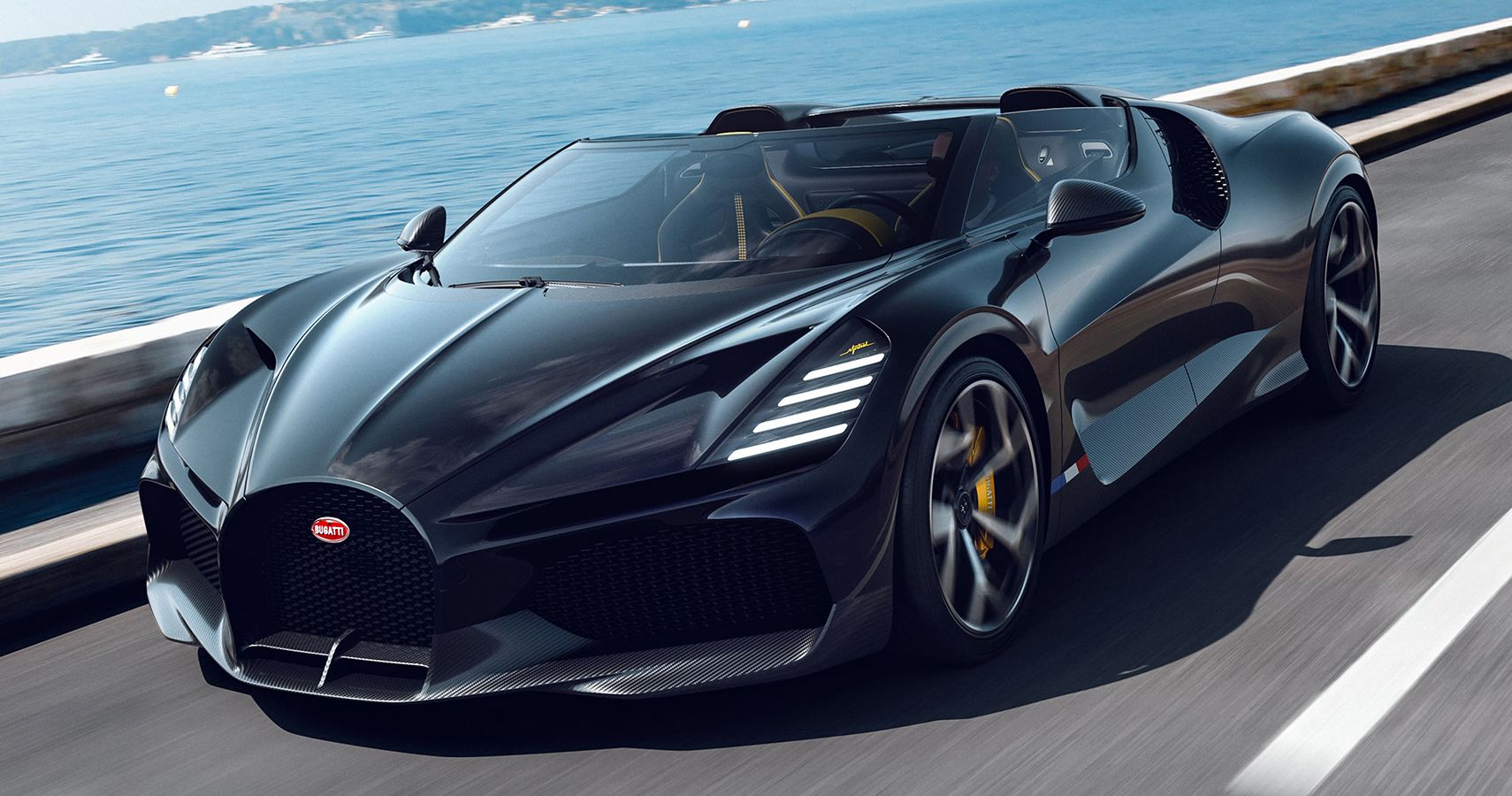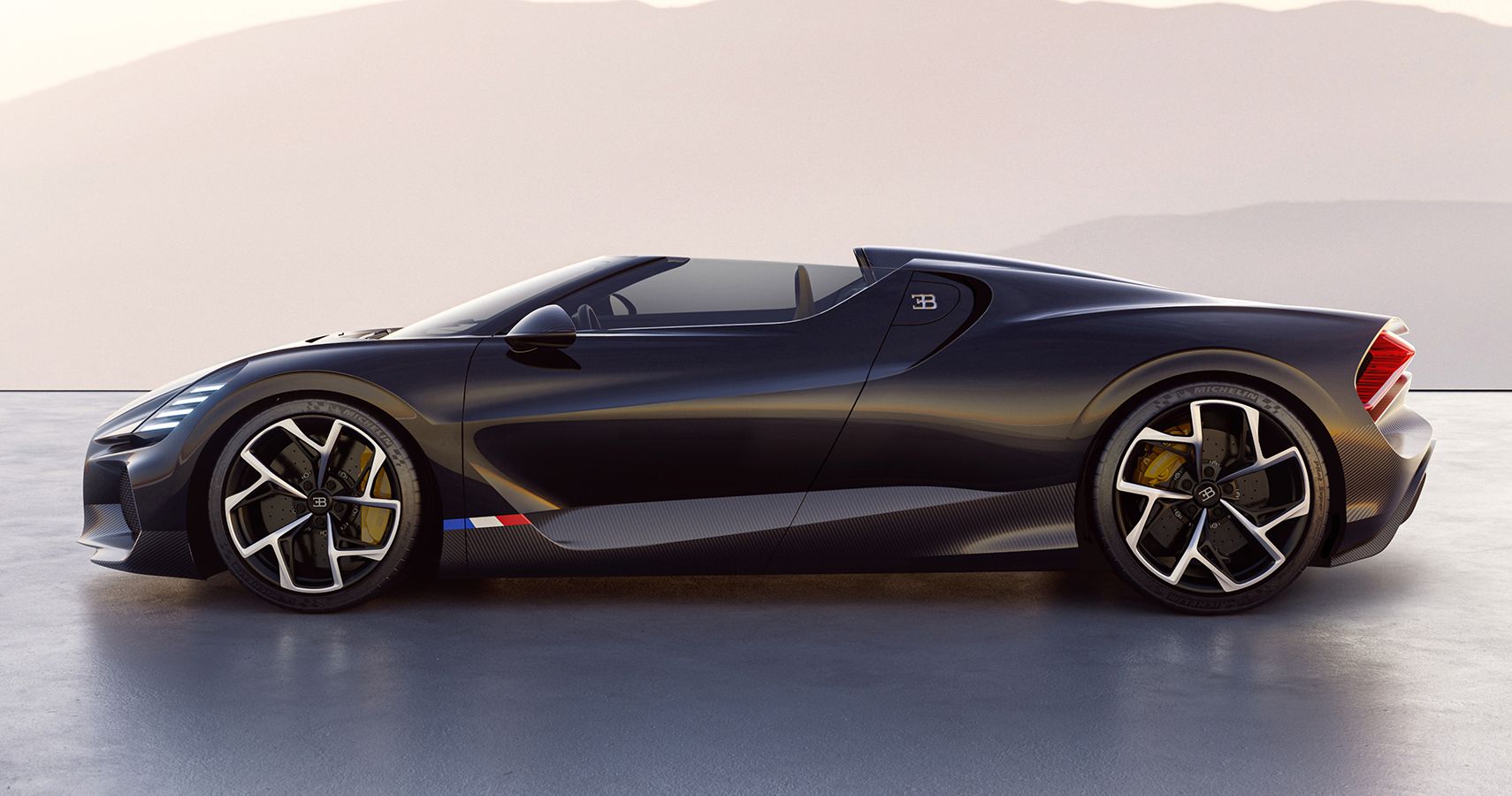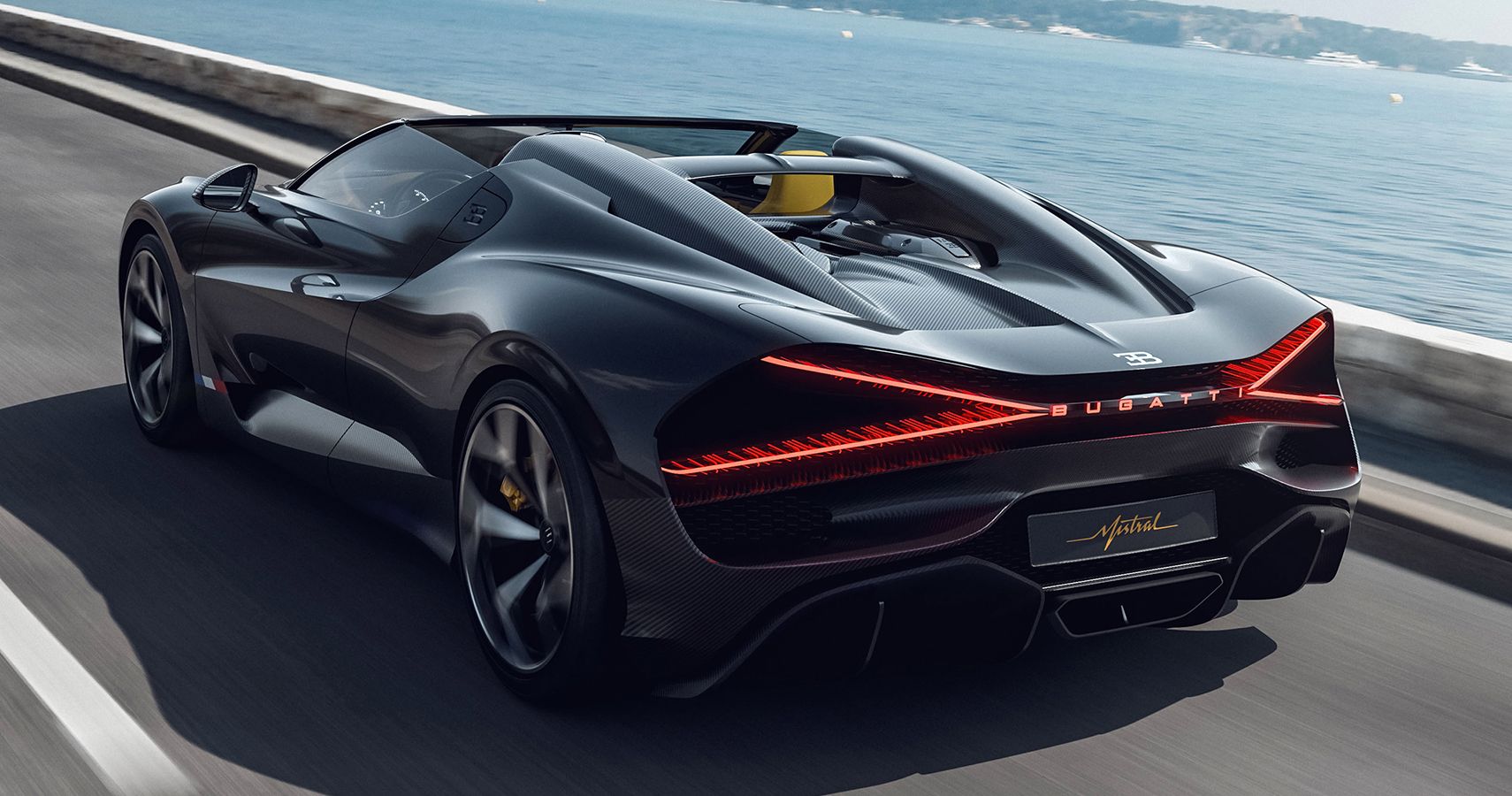Over the past years, Bugatti has proven that it is a master of speed. While some auto companies are also building super-fast cars, no one has been doing it as consistently and as confidently as Bugatti. The French carmaker’s hypercars are what defined Bugatti for the last two decades.
While Bugatti had built fast racing cars and supercars, its introduction of the Veyron was what propelled it to new heights. The EB 110 was an underrated yet great sports car, with a top speed of 220 mph in its most potent form. But the Veyron and its successors are simply too much, building a strong case for Bugatti as a prime hypercar maker.
The French carmaker has at least credited the success of the Veyron, Chiron, and its current hypercars to its one-of-a-kind engine – the W16. This mill essentially paved the way for Bugatti to deliver ultra-fast creations that left speed demons salivating for more.
Bugatti recently unveiled a new hypercar that pays tribute to the power-personified W16 engine. Interestingly, the last hypercar to feature the crazy engine also bears its name – the W16 Mistral. Not only that, the last of Bugatti’s W16 hypercars is a roadster, and there’s an intimate reason why.
W16: A Crazy Yet Legendary Engine From Bugatti
The beginning of the W16 is traceable to 1997 with Ferdinand Karl Piëch, Chairman of the Board of Management of Volkswagen AG at the time, presented the initial idea to VW’s Head of Engine Development Karl-Heinz Neumann. Soon, engineers were working on the mill, starting from scratch. They had to develop every component from the basics, just to prove they could build an engine that isn’t just powerful, but also manageable.
Through the years, the W16 became a production reality. Engineers set two eight-cylinder blocks at an angle of 90 degrees to one another, with four exhaust gas turbochargers providing the boost. This paved the way for the arrangement of cylinders in a ‘W’ configuration, allowing the W16 to boast a size not bigger than a V12 despite having a 16-cylinder setup.
This revolutionary W16 engine made its debut on the Veyron in 2005. With around 8.0 liters in displacement, the W16 remains the only 16-cylinder in the world that managed to power road cars. Since first installing the W16 in the Veyron, Bugatti further improved the engine for the Chiron and succeeding hypercar models.
For nearly 20 years, the W16 has been propelling the fastest cars on earth. Its most potent version powers the Bugatti Bolide, providing 1,825 hp of max output and 1,364 lb-ft of peak torque.
W16 Mistral Is A Roadster That Delivers Real Sensation
As Bugatti revealed, the Mistral is the W16’s swan song. The W16 Mistral pays tribute to the iconic mill, but some may wonder if it has to be a roadster. HotCar’s Michael van Runkle uncovered the real reason in his interview with Bugatti Deputy Design Director Frank Heyl during the hyper-roadster’s debut at The Quail, A Motorsports Gathering, (check the exclusive article link below).
Bugatti’s recent merger with Rimac Automobili eventually meant electrification of the French carmaker’s offerings. Thus, as the celebration of the sensation that is the W16, the Mistral should be something that delivers a real sensation for the driver, Heyl told Van Runkle. Bugatti’s deputy design director believes that there is no better sensation, at least acoustically than a W16-powered hypercar with a roof.
True enough, there is yet no W16-powered roadster in the Chiron era, and the Mistral is essentially the Chiron with an open-top. The last time Bugatti had a roadster, it was still in the Veyron era, with the Grand Sport Vitesse version setting a world speed record of 254.04 mph in 2013.
Bugatti installed in the Mistral a version of the W16 engine found under the hood of the Chiron Super Sport 300+ and the Centodieci. This quad-turbocharged W16 engine can deliver 1,580 hp, which was essentially the same level of power that the Chiron Super Sport 300+ had when it broke the speed record in 2019.
Cutting The Chiron’s Top Without Trimming Performance
Of course, the Mistral is not simply a Chiron that has a monocoque cut-off above the A-pillars. Bugatti worked hard to re-engineer the W16 Mistral to ensure that its open-top design features a more rounded silhouette that doesn’t compromise performance.
Bugatti targets its ultimate roadster to reach a top speed of around 261 mph. At that speed, any open-top drive may become too uncomfortable, and the hypercar would also create plenty of aerodynamic drag and lift. Thus, Bugatti’s designers had to implement several changes.
For instance, the Mistral features a smoothed-out design, with the traditional Bugatti C-line gaining a three-dimension interpretation. The front end is now more aerodynamic, as it could slice into the air more effectively than its predecessors. The "horseshoe" shape of the Mistral's nose is now sharper, down to the Bugatti logo.
Moreover, the Mistral borrows the vertical headlights of the Divo and La Voiture Noire, but has them channeling air in through the wheel wells to prevent turbulence ahead of intake ducts rearward. The hyper-roadster also features various elements to ensure that airflow can provide cooling and downforce simultaneously.
Source: Bugatti



